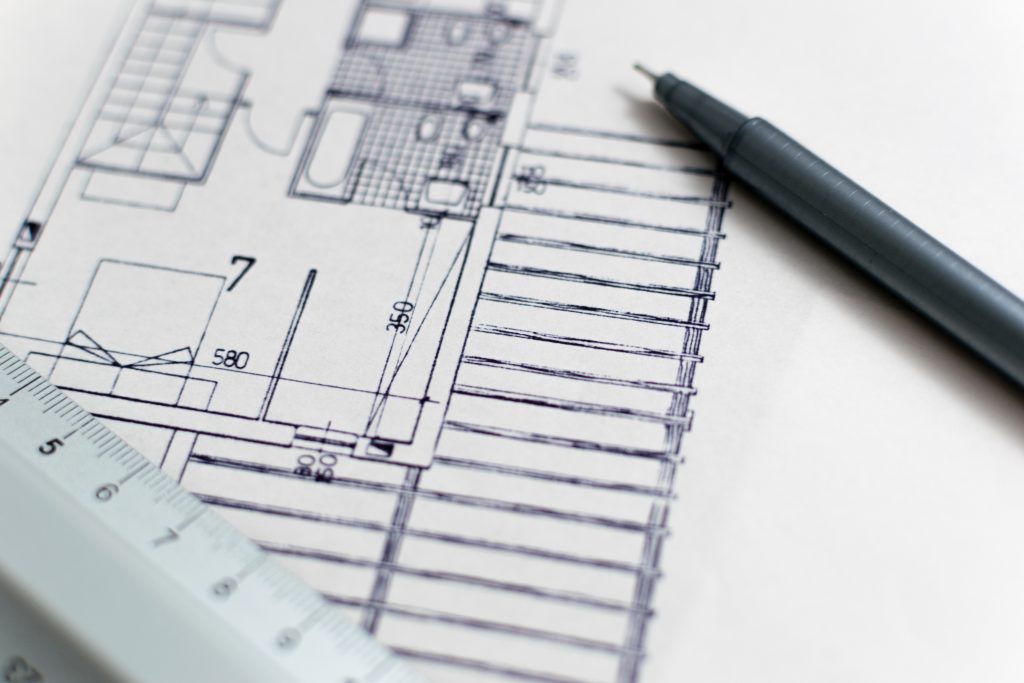We all know that your environment can impact your mood, development, and more. But did you know that some spaces are specifically designed to positively impact the people within them? That’s the idea behind evidence-based design, which we’re going to (briefly) look at as far as it relates to art and neuroscience in this post.

Evidence-based design is, according to Wikipedia and The Commercial Interior Design Association, is design in which decisions about a built environment are based on credible research that will achieve the best positive outcome. So, basically, it’s design that’s based on facts and research in the hopes great effects will follow.
Evidence-based design originally became popular in healthcare architecture (i.e., making sure recovering patients in a hospital have a room with a view after seeing confirmed scientific studies that a window view helps patients recover). However, evidence-based design can have wide-ranging applications…especially when it comes to using art in design, as this article from The Commercial Interior Design Association points out.
Art can and does affect brain chemistry. Neuroscientists have done and are still doing countless studies to see what happens in the brain when you engage with a work of art. In this article from Smithsonian Magazine, neuroscientists studied viewers’ neurological responses when looking at a detail from Michelangelo’s Expulsion from Paradise on the Sistine Chapel ceiling. They found that when viewers looked at Adam’s wrist, the brain areas that controlled their own wrists were stimulated. Part of the new, growing field of neuroaesthetics, which focuses on how the brain processes art, the study is one of many that seeks to understand just how much an artistic environment can affect us: from brain stimulation down to healing.

As this article from the American Association the Advancement of Science points out, we all know that works of art affect us physically. Scientists are just scratching the surface of what, physically, creates that feeling of awe or inspiration you get when you look at your favorite painting. For example, certain colors can elicit different neurological responses, something brands, businesses, and more know well and take advantage of in their advertising and more. (We’ll leave that example at that: color perception and theory is a huge field of study that we’d need at least ten more blog posts to cover in detail!)
When it comes to art and design, evidence-based designers would take research like the studies mentioned above and integrate them into their architecture and design. For example, a business might commission a built-in piece of art for their workspace if studies said that might increase workers’ productivity. Or a new hospital would focus on studies where patients showed improvement when exposed to a certain color and build/decorate likewise.
The applications for art and evidence-based design are almost endless, and we can’t wait to explore these topics more. Have you encountered evidence-based design based on studies about art and brain chemistry? We’d love to hear about it: share in the comments below!
Read more about neuroaesthetics at Smithsonian Magazine, and check out this article from The Commercial Tnterior Design Association to discover more about evidence-based design!
What do we do here at the Art Docent Program? Discover more about us and our curriculum here!
Want more fun art articles? Check out our blog archives for more!
Don’t forget to follow us on Facebook for updates!







